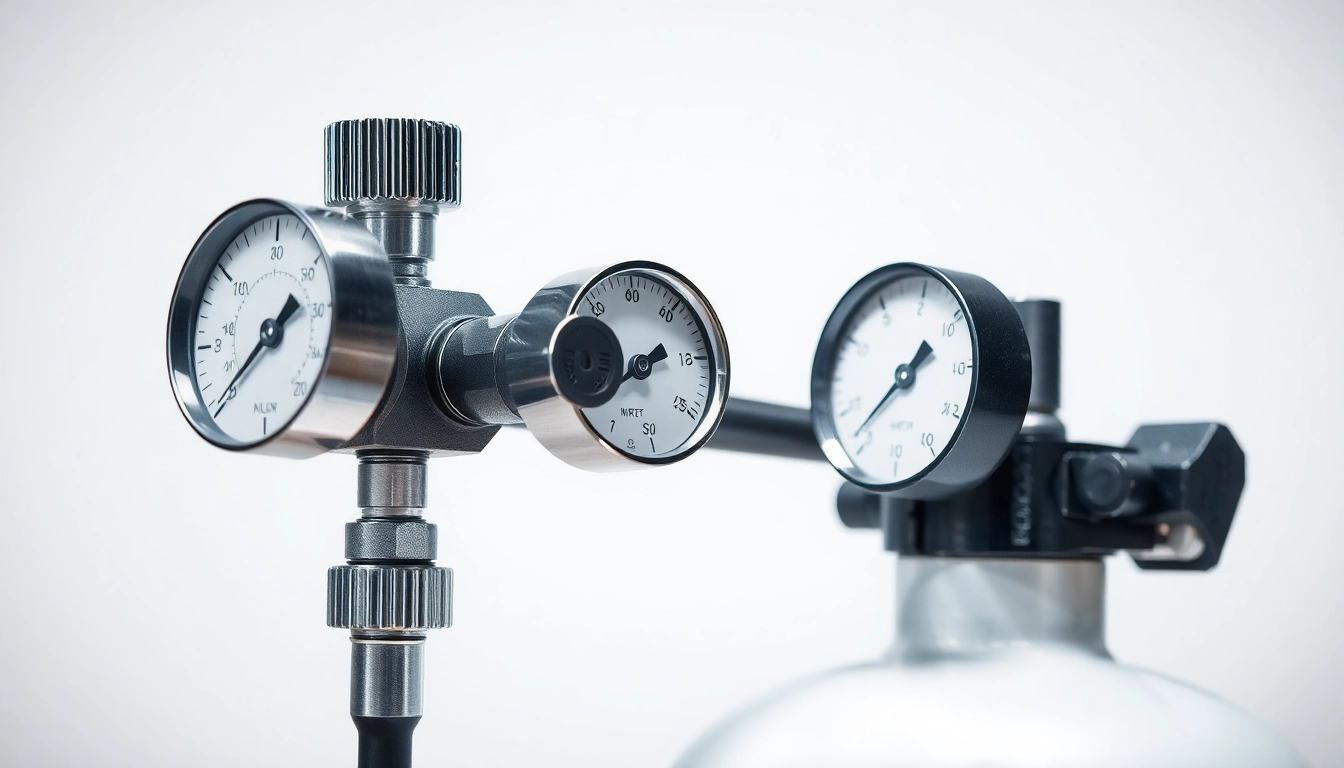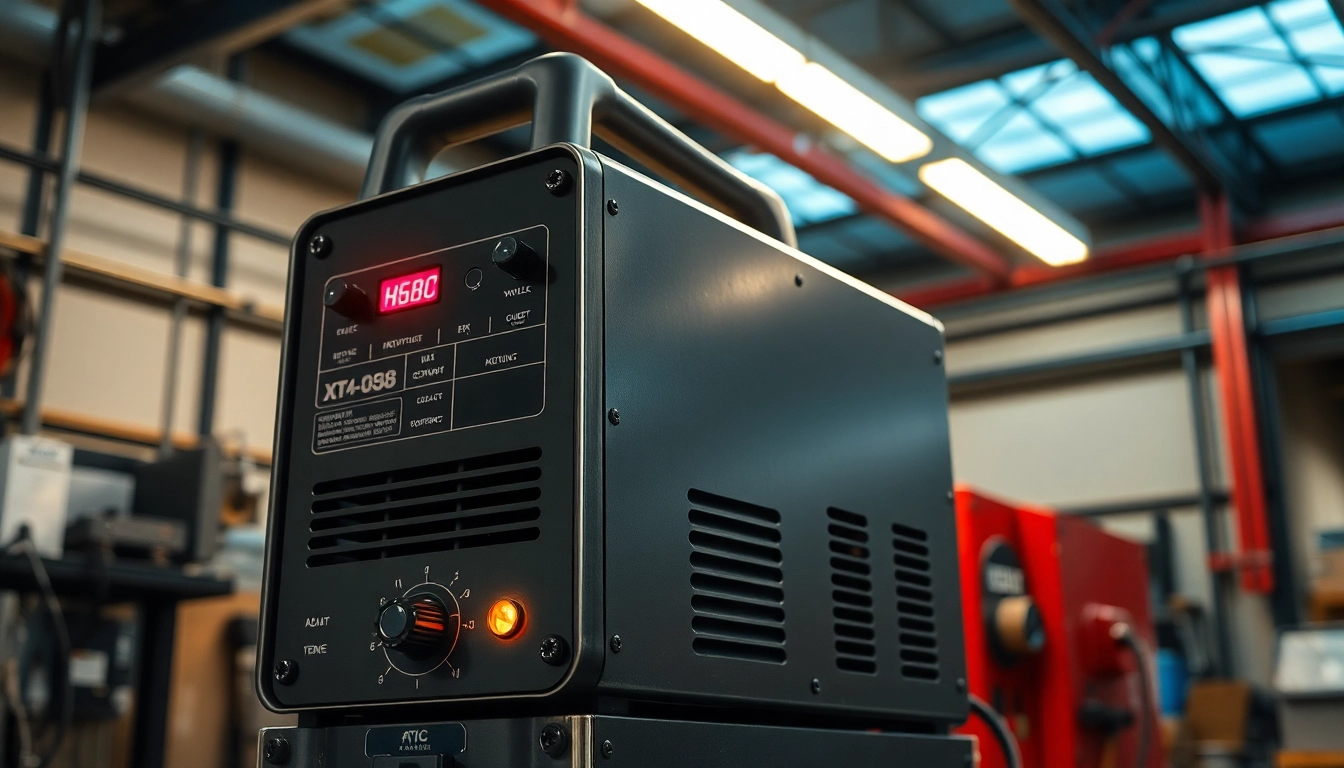Understanding Infusion Resins
What are Infusion Resins?
Infusion resins are specialized low-viscosity thermosetting resins designed for infusion processes in composite manufacturing. These materials are typically utilized in systems such as vacuum infusion or resin infusion, where resin is drawn into a dry fiber matrix under controlled vacuum conditions. This method not only enhances the bonding between fibers and the resin but also optimizes the distribution of resin within the composite structure, yielding parts with superior mechanical properties and less weight.
Infusion resins are integral in producing advanced composites used across various industries, offering high strength-to-weight ratios and significant resistance to environmental factors. They play a pivotal role in applications where lightweight and durability are crucial, such as aerospace, automotive, and marine industries. For more detailed specifications on infusion resins, you can refer to our comprehensive resource on infusion resins.
Composition and Properties of Infusion Resins
The primary components of infusion resins include epoxy or polyester resin, hardeners, fillers, and additives tailored to enhance specific properties. These resins are formulated to exhibit low viscosity, allowing them to flow easily into dry fibers. The ability to control the viscosity of infusion resins is critical, as it directly influences the infusion process speed and the quality of the final product.
Key properties of infusion resins include:
- Low Viscosity: This allows for better penetration into the fiber matrix, which is essential for producing strong, defect-free composites.
- Excellent Adhesion: Infusion resins adhere well to various fiber types, including carbon and fiberglass, creating strong composite structures.
- Tensile Strength: These resins are engineered to offer enhanced tensile strength, making them suitable for high-performance applications.
- Thermal Stability: Many infusion resins can withstand high temperatures, important for applications in the aerospace and automotive sectors.
Differences Between Infusion Resins and Other Resins
Infusion resins differ significantly from other types of resins, such as hand lay-up, prepreg, and casting resins. One of the major differences lies in their viscosity and the infusion process itself:
- Viscosity: Infusion resins are typically much lower in viscosity compared to hand lay-up resins, allowing for easier handling and better penetration into the fiber.
- Process Method: Infusion resins utilize a vacuum system to draw the resin into the fibers, while other methods may involve manual application.
- Production Speed: Infusion processes can often produce composites faster than traditional methods, making them more suitable for large-scale manufacturing.
Advantages of Using Infusion Resins
Enhanced Mechanical Properties
One of the main benefits of using infusion resins is the enhanced mechanical properties of the final composite part. Due to the efficient impregnation of fiber materials and the controlled infusion process, composites produced with infusion resins have significantly improved tensile strength, impact resistance, and stiffness. These attributes are essential in applications where structural integrity is paramount, such as in aerospace components or load-bearing structures in marine and automotive designs.
Cost-Effectiveness in Production
The infusion process can be more cost-effective compared to traditional methods for several reasons:
- Material Efficiency: The vacuum infusion technique minimizes resin waste, ensuring that the majority of materials contribute to the final component strength.
- Labor Efficiency: Automated processes can be integrated to reduce manual handling and speed up production, lowering labor costs.
- Reduced Post-Processing: The infusion process often results in less finishing work since the resin fills the mold completely, leading to smooth surfaces.
Reduced Environmental Impact
Infusion resins can also lead to a lower environmental footprint once produced. The techniques involved often operate at lower temperatures and with less energy than traditional resin curing methods. Additionally, many manufacturers are focusing on creating more sustainable infusion resins that are bio-based or include recycled materials, further contributing to reduced environmental impacts.
Applications of Infusion Resins
Use in Aerospace Industry
The aerospace industry is one of the main sectors that benefit from infusion resins due to stringent weight and performance regulations. Infusion resins are used in components like wing structures, fuselage sections, and other critical areas that demand high strength and light weight. The infusion process allows for the creation of complex geometries while maintaining optimal mechanical properties.
Application in Marine Craft Manufacturing
In marine manufacturing, infusion resins are employed to create strong, lightweight hulls and components that can withstand harsh maritime environments. The ability to produce large parts efficiently makes infusion resins particularly advantageous for boat builders, providing vessels with enhanced durability and performance characteristics to cope with demanding conditions.
Benefits for Automotive Industry
Automobile manufacturers utilize infusion resins to produce lightweight vehicle components that improve fuel efficiency without compromising safety. Key applications include body panels, structural components, and interior parts, which leverage infusion resins for their strength and weight benefits, as well as reduced noise levels and vibration absorption in vehicles.
Best Practices for Working with Infusion Resins
Preparation Before Use
Proper preparation is crucial when working with infusion resins. Ensure that all equipment and molds are clean, dry, and free of contaminants. The choice of fibers and fabrics should also align with the desired outcome of the composite, as different fibers will interact uniquely with the resin. Preheating the mold can reduce resin viscosity further and improve the flow characteristics during infusion.
Mixing and Curing Techniques
Mixing involves combining the resin with the hardener in the correct ratio, which is often specified by the manufacturer. Using a mechanical mixer can provide a more uniform mixture compared to manual mixing. Following the mixing process, the infusion should be initiated promptly to avoid premature curing. Curing conditions, including temperature and time, should be strictly adhered to, as these parameters greatly influence the performance of the final composite.
Safety and Handling Precautions
Safety is paramount when working with any type of resin. Personal protective equipment (PPE) such as gloves, safety goggles, and respirators should be worn to mitigate exposure risks. Ensure that the workspace is well-ventilated, and be familiar with the Material Safety Data Sheet (MSDS) for the specific infusion resin being used, as it contains vital information about health risks and handling procedures.
Future Trends in Infusion Resins
Advancements in Material Science
Material science is rapidly evolving, leading to better formulations of infusion resins. Innovations include thermosets with improved impact resistance and formulations that enhance the chemical resistance of the resin. Researchers are also exploring new fiber materials that can work symbiotically with these advanced infusion resins, potentially leading to a new generation of composite materials.
Impact of Sustainability on Resin Development
Sustainability has become a key driver in resin development. Manufacturers are increasingly focusing on creating infusion resins from renewable resources, reducing their dependence on petrochemicals. Development in biodegradable resins is also underway, aiming to lessen the environmental impact of composite waste. This trend will likely continue, shaping not only the formulations of infusion resins but also influencing the entire industry’s approach toward sustainable practices.
Emerging Technologies in Composite Manufacturing
Emerging technologies such as additive manufacturing and automation are poised to change how infusion resins are applied in the composite sector. 3D printing alongside infusion processes can create complex structures that were previously impossible, leading to new design possibilities. Furthermore, advancements in robotics and automated infusion systems can increase precision and efficiency, streamlining the manufacturing process.



